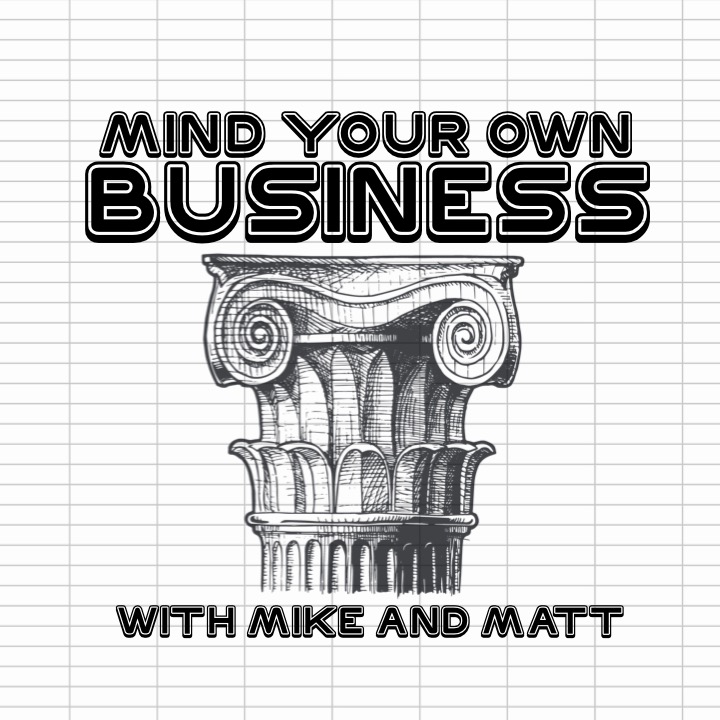Planning for the Business Exit – Alternatives to Exiting and the Emotional Impact on Selling One’s Business
If indeed our ultimate goal is the time and freedom to live how and where we want, and since we know with certainty that our time is limited, I think it’s only fair to start my part of the discussion with the question every business owner/entrepreneur might be asking themselves – am I wealthier in this moment, then I’ll ever be in the future?
And I would expect the answer more often than not, to be NO – which definitely begs the question of planning for your exit, and the potential, and possibly eventual sale of the business.
Most business owners and entrepreneurs think that if they build a great business, the sale will take care of itself. My experience, and certainly from what we’ve heard here today, that would not appear to be true. Too often, a significant number of business owners who sell are not happy with the transaction.
As a business owner, you must take 100% responsibility for the direction you choose. You need to navigate your options wisely, and we all know that’s not so easy to do. Selling your business is as difficult as any other phase of business ownership – maybe even tougher! The business owner can be out of his or her depth, out of their comfort zone, confused, afraid, emotionally drained from being on a possible roller coaster – sell now, wait, sell later, accept one offer, reject another, don’t sell at all. The challenge is to understand your own priorities first and foremost, and keep that at the forefront of your being, no matter what happens around you. This is why selling your business is certainly not simple!
And although the premise is that planning for your exit should start from the moment you start your business, that philosophy may also work against you at certain times. It may very well hamper your approach – you may act too conservatively, you may act too rashly – so even knowing you must have an exit strategy from the get-go may actually be an issue. I’m not saying it is, or it will be, but I am reiterating that exiting and/or selling your business is not simple!!
Selling your business isn’t just a transaction that can be captured on a spreadsheet, it’s not just about getting a fair price. It’s very personal. It’s very emotional. You must have an exit or sell mindset before you exit or sell. You must be prepared on every level because your departure may address the very core of your being, your identity, and ultimately what you want from life. The last thing you want is to feel at a loss, feel lost, feel unsure of your legacy, be regretful, second guess yourself, and most importantly not know what to do with your newfound freedom.
I recently discovered a small but very powerful book of a hundred pages or so, “Before the Exit” by Dan Andrews, which actually gave me the idea for this presentation, and I highly recommend reading it. You can find it only as a Kindle version on Amazon, and it is well worth the $2.99 and no shipping!
Dan was a business owner and entrepreneur, and he and his partner sold their business. The book is about their journey, and the lessons learned. I found the book fascinating and as I said, very apropos for this panel discussion. Dan talks about several thought experiments/questions to consider and address when developing an exit strategy or selling the business. Some of them are intuitive, and some are not. You can decide that for yourself!
The first question is: What is the next level on your lifestyle ladder? This is the amount of money that would make a very meaningful, and actually an enormous difference in your lifestyle given your goals and how you want to live your life. It begs the question, should you sell your business if in the end, it really does not change your lifestyle. Now, I realize, you may not have a choice, but assuming you do, should you sell or not sell if the sale of your business will not completely change your life. I believe it is a great question to ask.
Other considerations are: How will you invest your cash? Will you develop a new skill set and become an investor? What will you do with your newfound time? Will you travel? The key here is asking yourself these questions, and planning as best as you can for the inevitable fact that you may become an entirely different person. You may no longer be defining yourself as your business. Who will you be now?
In planning for your exit or selling the business – hopefully, they are one and the same, you may also come to the question – are you exiting or selling because the business has outgrown you? Have you hit your ceiling? Are you still the right person for the job? Do you know how to continue to challenge yourself in your business? Can you see a path for yourself to the next level? If not, what do you need to do to gain the clarity to make the right decisions for your future.
Actually, this is a great lead into the next thought experiment that Dan posits, and one which I found was certainly not intuitive, and very much out of the box thinking – In planning for the sale of your business, suppose you determine how much money you’ll pay in taxes and professional fees if/when you sell your business. Now, think what you could do if you invest part of that money into your business – for argument sake, you hire a CEO, and you let this CEO run your business. After all, it may take some time to sell or exit the business. During that time, your CEO is running the business, your involved from afar, and you can do the other things you might want to do – start another business, go away for a month, maybe two. You may develop a new perspective on your business – finally having the opportunity to work “on it”, not just “in it”, and in essence, you may be creating a succession plan if indeed your CEO is up for the job! Even if the CEO does not work out, you still have the opportunity to see things differently, and start fresh again.
To wrap it up, I hope I’ve adequately covered some of the important issues concerning the alternatives and emotional aspects involved in exiting and selling one’s business. I can’t exactly say when is the best time to exit or sell either. Obviously, you always want the best price for your investment of time, blood, sweat and tears! Should you do that when you are growing quickly, or slowly, or leveling out, or even tanking? Only the business owner can answer that, and again to emphasize once again, it’s not simple – how good or bad your business is, and the price you receive for it, may very well have to do more with factors way beyond your control – your competitors , the economy, the marketplace, government, etc.
I’m just sayin!










